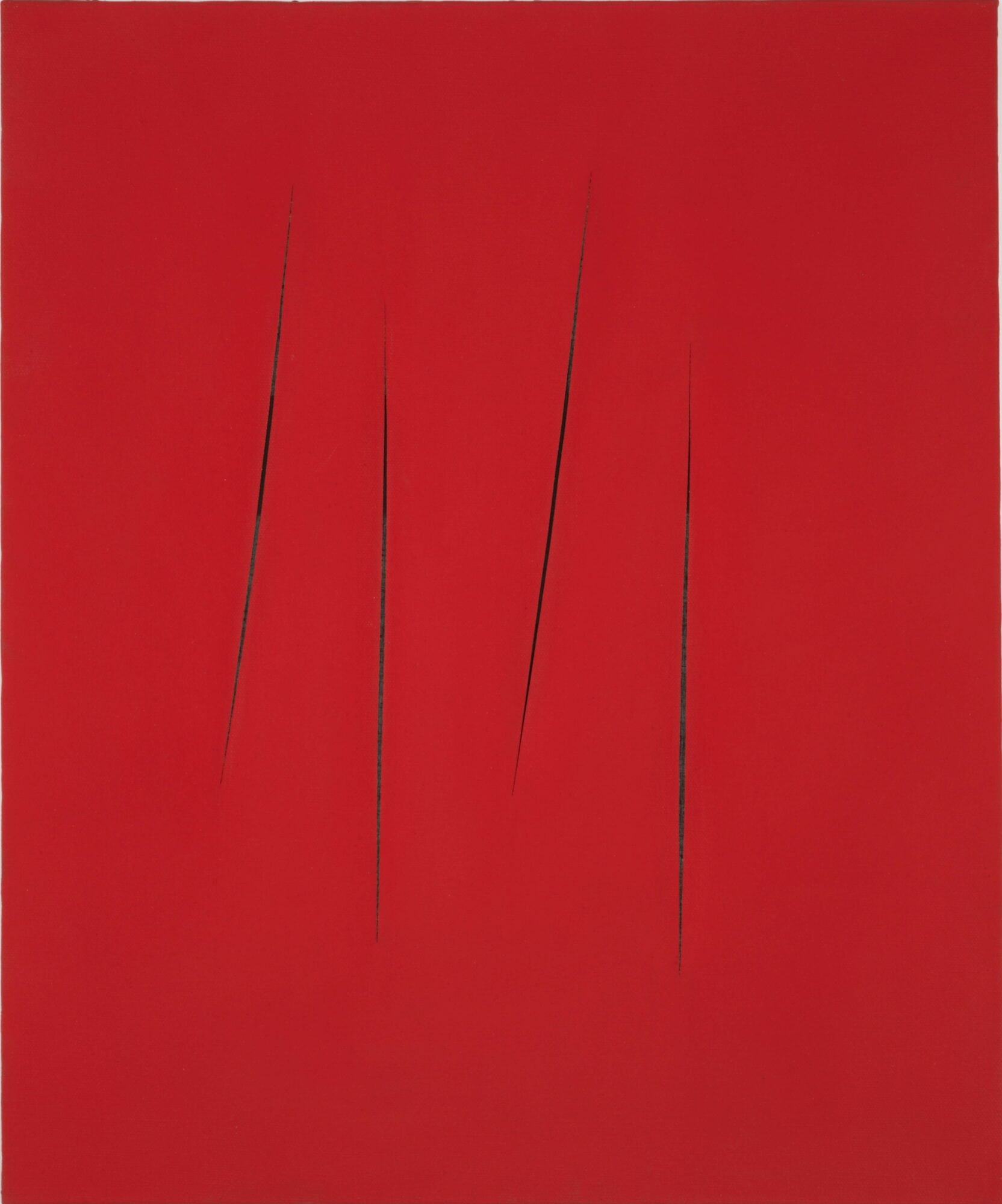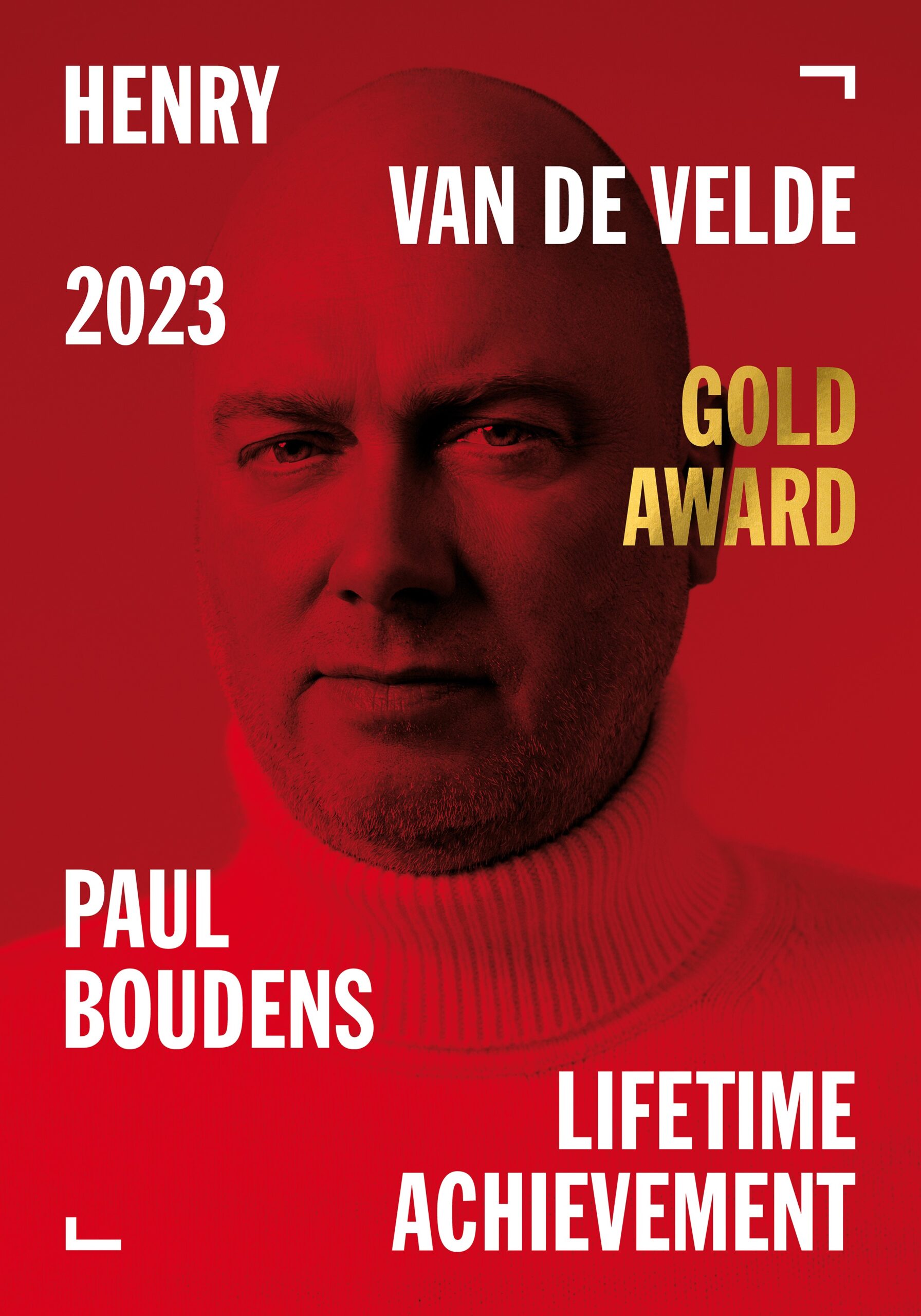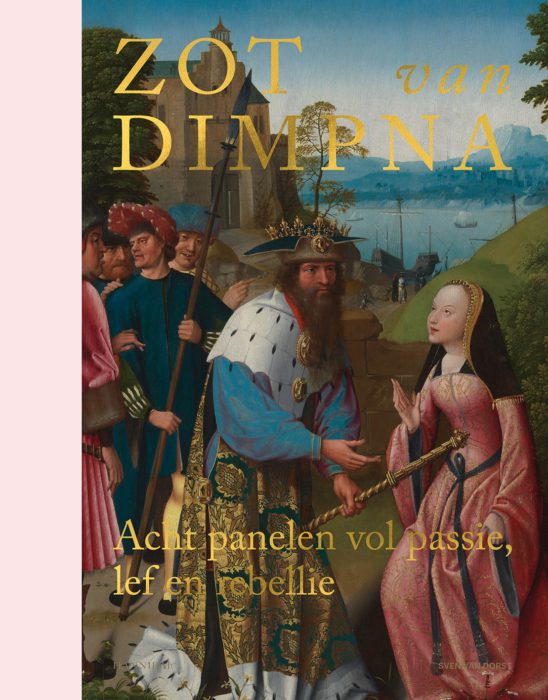Behind the scenes with Paul Boudens
Our graphic designer Paul Boudens received the prestigious Henry van de Velde Lifetime Achievement Award this month!
Within the last three decades, Paul has become a household name in Belgian fashion and design. With his singular approach to design, he achieved great success nationally as well as internationally. To properly celebrate such a milestone, we decided to go behind the scenes and talk to Paul about his life, fashion, past and future, alongside his experience working for The Phoebus Foundation.
How did you become a graphic designer? Did you always have a passion for design?
I didn’t really know anything about design. As a teenager, I got the idea of becoming a fashion designer since I could make a fantastic evening dress for my Barbies with one handkerchief (laughs). I could draw, although I was and am not the best draughtsman. That was also the reason why I failed the entrance exam at the Antwerp Fashion Academy. So I started studying applied communication, but that really wasn’t my thing. I also tried translator-interpreter English-Italian, but that didn’t go anywhere either. Halfway through the second year, I stopped studying that as well. Meanwhile, I was still tinkering at my dorm: I made cassette covers and designed birthday cards with Tipp-Ex and copies. That’s how I was “discovered”. The rest is history! (laughs)
How did you end up working for The Phoebus Foundation?
I met Katharina (Van Cauteren, chief of staff of The Phoebus Foundation, ed.) during another project when The Phoebus Foundation did not yet exist. We worked together on Walter Van Beirendonck’s book for the exhibition Happy Birthday Dear Academie: 350 years of the Academy in the MAS. Since I was Walter’s right hand – or left hand (laughs) – throughout my career and have realized numerous projects with him, he always knew where to find me for a fun project or publication. So that’s how I got to know Katharina. It clicked immediately, and Katharina’s vision really dovetailed with mine: she wanted an eccentric book—a woman after my own heart. A few years later, Katharina became head of The Phoebus Foundation and contacted me to work together again. The good working relationship we have is very important to me. The click between both parties has to be there.
What do you seek in a client or project?
I find it important that the client’s vision matches mine and that the rapport is right. Otherwise, I cramp up completely, and nothing comes out of it. This means I occasionally have to turn down assignments. For instance, I once canceled a garden furniture project because it wasn’t my thing. It may have paid very well, but money is not my motivation. I want to get energy from what I do. You don’t want to know all the things I did for free in my life for budding designers early in my career. Nobody had a rotten franc back then.
You collaborated a lot with Antwerp fashion designers in the 1990s. I immediately think of the iconic invitation for Jurgi Persoons ‘I know what you’ll wear next summer’ (Summer 1999)
Oh yeah! That’s my line! That one is still being copied.

You are often associated with the fashion world but have also worked for other kinds of clients. The theater world, for example.
I just rolled from one to the other, actually. Today, people are very career-minded, and rightly so. I was never like that. In the beginning, I did all kinds of commissions, and they started to increase. After a while, I worked for four designers simultaneously: Walter Van Beirendonck, Dries Van Noten, Jurgi Persoons, and Olivier Theyskens. Great fun, but you can’t do the same for everyone. So I went in the schizophrenic direction and invented my own style for each one of them. But, of course, based on their input; I am actually more like a conduit. The same applies to the theatre world or completely different clients too: I always go along with their story.
Do you have a step-by-step plan for when you start a new assignment?
No, I always start from a white sheet. When I start designing a new exhibition, for example, I just need images and text, and then I start playing. For me, that’s my sandbox. I enjoy creating something from scratch.
You often mention in interviews that you like to work toward timeless design.
That is indeed what I strive for. Of course, it is not always feasible, but I always seek the right balance. First of all, I choose an appropriate font very carefully, and then I have already won half the battle. I still favor the less is more principle and always apply a few rules of my own in my work. For example, I never use more than three different fonts in one design.
Growing up in the analog era, I do think in a different way than younger designers. Today, graphic designers turn on their computers and can instantly choose from hundreds of fonts. That also makes it harder to make a selection. Moreover, many of the elements we get digitally today are already outdated. I always strive for something that will still be beautiful in five years. But, of course, you have to go with the times, and I try to do that as well.
When I look at your work, I always notice a lot of red in it. Is that your favorite color? What does red mean to you?
For me, red equals passion. It is a colour that contrasts well with black and so you can see very well what you are doing when you start something. I learned that from my studies, Paul Van Ostaijen, Coca-Cola red, Andy Warhol, … I just have a great fondness for red. Get used to it! (laughs)
How do you associate your style with the needs of your clients, and in what ways do you apply that to your designs for The Phoebus Foundation?
My style is my DNA. I have four different style types, including a very wild one, but I also have a very classic style. It just has to fit. With The Phoebus Foundation, it’s okay to be more eccentric subtly, and I like that. I enjoy doing everything for The Phoebus Foundation, and playing with text and images allows me to express myself. Sometimes I go too far, but then I also get called back. It’s always a scanning mission. I love the design phase and the search for the right style.
Many of The Phoebus Foundation’s projects revolve around Old Masters. This is, of course, utterly different from extravagant fashion projects with bright colors. Is it more challenging to work with these artworks, where the tone is sometimes a little darker?
I think it’s an excellent move to add a pop of color, as I did for the books and printed matter of the exhibitions Blind Date (2020) and Crazy about Dymphna (2022). I gave those a solid coat of fluorescent yellow and pink. Although that requires some caution: enough white has to be incorporated between the bright colors and the artworks because otherwise, it can clash. The advantage of working with artists who have long since passed away is that they cannot complain (laughs). In that sense, contemporary artists are much more challenging and not always obvious. Initially, there is always a bit of mistrust. I always tell them: “I’m here to help you and not to ruin your work. It’s not about me either. It’s about you and your work that has to come out as good as possible… But in my way” (laughs).
Do you have a favorite work of art from The Phoebus Foundation’s collection?
Absolutely: Concetto Spaziale by Lucio Fontana! I would love to hang that one in my office (laughs). Bird by Karel Appel is also one of my favorites. Among the Old Masters, I go for Portrait of a Young Woman by an Anonymous Antwerp Master. It contains a bit of Portrait of a Young Lady vibes.

What is the aftermath of your Lifetime Achievement Award?
A major identity crisis (laughs). No, I am already planning a new exhibition. Winning the award naturally gave me the drive for more. I’m not going to rest. More challenges should always be there, and I always like a bit of suffering. I am having a great time! I always found that the more I worked, the more I achieved. So: bring it on!
After 2001, I thought about starting an agency, but I love nothing more than designing. And with an agency, I would have to delegate and find jobs for my interns and staff. No way.
What is your recipe for success?
I have been around for a long time, having been around since the late 1980s. But I still try to get the best out of every assignment, even for myself. Just because you get a bit older doesn’t mean you can start slacking off. Actually, I make everything for myself, and that’s the secret, I think. If I don’t like it, my clients aren’t going to like it either. So I am the guardian of the quality of my work.

Will there be a Paul Boudens Volume II?
Probably in 2025, when I turn sixty. Then I will plan two exhibitions simultaneously: one at the Mode Museum and one at another location.
Other than that, do you have any other plans for the future?
Going to Japan again. Visit New Zealand. Continue working on my second monograph. But above all: not getting bored and making cool things! I regret nothing and am very happy to have found my thing in this life.


